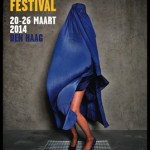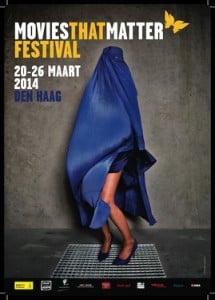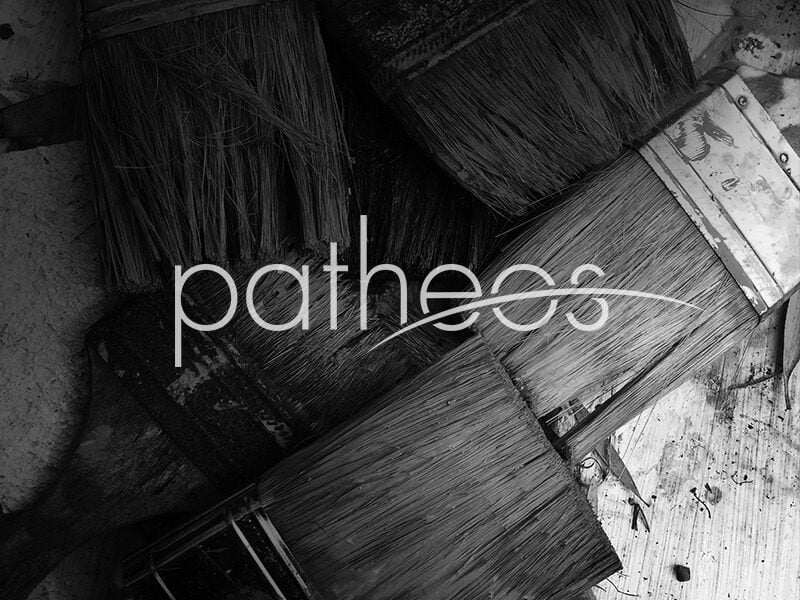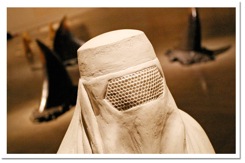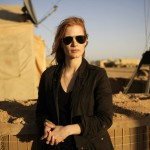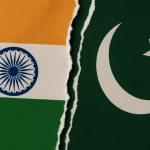The optimism in my last post, at least for Switzerland, has been tempered with news coming out of Switzerland last week.
In Switzerland (where niqab is already banned in Ticino since 2013), the German-speaking newspaper SonntagsBlick recently cited a survey saying that 62% of the Swiss population would be in favor of a burqa ban. Granted, the Tribune de Geneve mentioned that the methodology of the SonntagsBlick survery was not made clear. But as usual, Muslim women and their clothing are the battlefield for what are really problems with “Islam,” problems with “foreigners” or both. First off, as has been mentioned repeatedly almost every time burqa bans come up, there really are not a lot of women in Europe who wear them (France came up with the laughable and highly exact number of 367, which, methodology aside, is absurdly low in a country with a population of almost 70 million). While at the federal level no motions have been submitted yet (and as mentioned in my last post, recent judicial and political initiatives have been pro-hijab, with the burqa not even on the radar), the SonntagBlick’s survey is timely and telling.
Switzerland, coming off of a series of anti-immigrant votes (the Masseneinwanderung and Ecopop initiatives were two recent referendums limiting the number of foreigners), the timing appears right for this kind of populist backlash. Trashing Islam and Muslims is in the news, so it really is no surprise to me that 60-plus percent of people, even if the science of the survey was messy, are in favor of a burqa ban. But let’s be real here, is the burqa really the problem? (more…)


